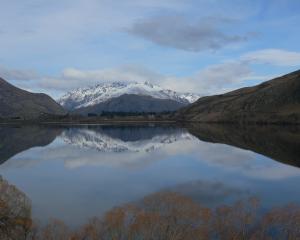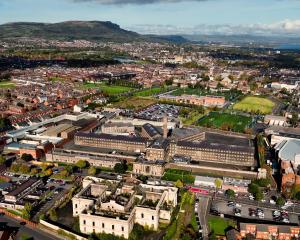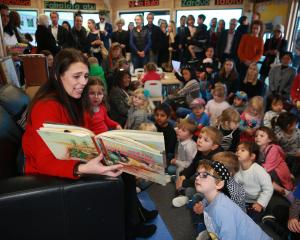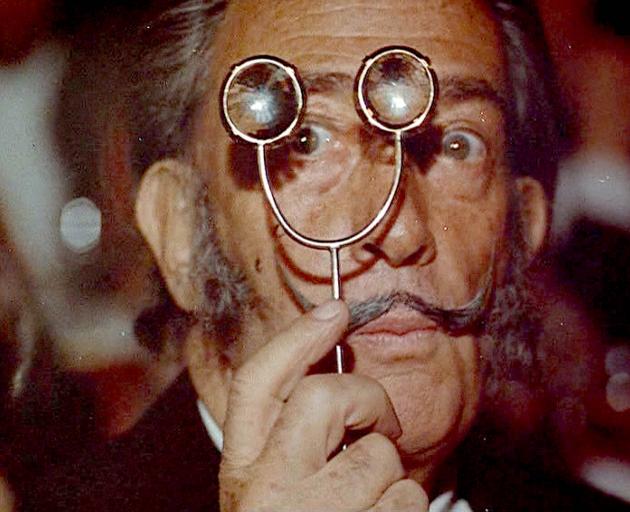
I may be soon starting my master's degree on the other side of the world, but the University of Otago, and in particular, the Department of History and Art History still has a special place in my heart.
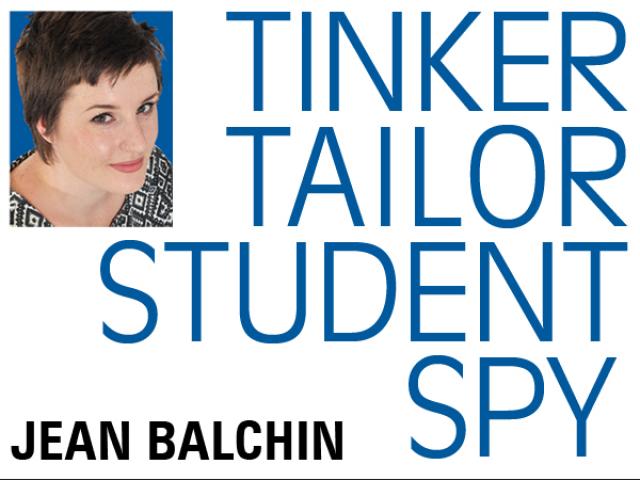
Prof Tony Ballantyne, the Pro-vice-chancellor of Humanities at Otago has argued that there was a drop of more than 75% since 2014, leaving the programme with 18.7 equivalent full-time students (EFTS).
The university is formally consulting the Tertiary Education Union and affected parties until September 4, although I'm not holding my breath for a positive outcome. It's become increasingly apparent over the years that the government's blinkered focus on STEM subjects has had an undeniably detrimental effect on humanities subjects in Aotearoa.
I don't doubt many people within our high schools and universities still recognise the importance of subjects such as English literature, classics, history and art history, but funding constraints and a generalised stigma towards these so-called ''soft-subjects'' have taken their toll.
So today I'd like to address the importance of art history. Having studied it at undergraduate level at Otago University, I'm intimately acquainted with the department and its ever-dwindling array of lecturers and tutors. I began my tertiary journey by studying neuroscience and psychology at Otago University.
After battling it out for a semester, and being so miserable I was diagnosed with depression and anxiety, I finally switched to my two greatest passions: English literature and the history of art.
I will never forget the sheer joy I felt sitting in that old, cruddy Archway lecture hall, listening to Associate Prof Erika Wolf explain the brilliance and audacity of Pussy Riot's protest punk in the face of Russia's religious homophobia and sexism.
Studying the paintings, drawings and sculptures of our predecessors can teach us so much about history, society and life. Paul Delaroche's The Execution of Lady Jane Grey captures in mere brush strokes and pigment the pathos and despair of the 16-year-old queen as she faces her beheading.
I learned more about the Soviet Union, Nazi Germany and Fascist Italy in a my totalitarian art and culture course than I ever did from the pages of a history textbook.
Art also adds beauty and depth to other creative endeavours. Consider for instance the stunning and evocative prints of William Blake, or the bright colours and captivating lines of a comic book. The study of art history has revolutionised cinema, and added much colour and interest to our lives.
The world of art is also replete with numerous fascinating stories about the world's most creative (and admittedly eccentric) people. Did you know that the surrealist painter Salvador Dali had a pet ocelot named Babou? Or that he once drove 1000 pounds of cauliflowers from Spain to Paris in a Rolls Royce?
Paul Gauguin's paintings of Tahiti life may be lush and evocative, but they speak of a darker legacy of colonialism, chauvinism and exploitation in the Pacific.
Moreover, the history of art is technologically fascinating. From the development of the printing press, to the evolution of paints and various media and the advent of photography, we can learn a great deal about human ingenuity and endeavour. Art, and the study of its history, is also inherently interdisciplinary.
Through the context of artworks, we may study biography, war, politics, anthropology, sociology, history, literature, theology and critical interpretation. With paintings such as Rembrandt's The Anatomy Lesson of Dr Nicolaes Tulp, we may learn about the history of science and medicine.
We can study the complexities of linear perspective by examining the works of the Italian Renaissance painters and architects. We can learn about geometry, physics and engineering from the contemplation of great works of Roman architecture, and receive a greater insight into the dynamics of gender in the Victorian age by studying John Everett Millais' Angel in the House.
So what can be done? Has the university tried to promote art history and the other humanities subjects to the extent it has with computer science and chemistry? Or is it simply more profitable for the university to pump hundreds of hopeful would-be doctors through first-year health science to make as much money as possible?
I'm not accusing the university of trying to completely decimate the humanities, but I can't help but feel like those in charge think of subjects such as English and art history as whimsical, fun and unserious pastimes.
More respect needs to be afforded to the humanities, especially by the Government and in our high schools. Art history teaches students how to learn, to think outside the box, and to appreciate the works of different peoples, cultures and times. If the University of Otago persists in its plan to quash the art history programme, it will be a tragic loss.
Jean Balchin is an English student at the University of Otago.





